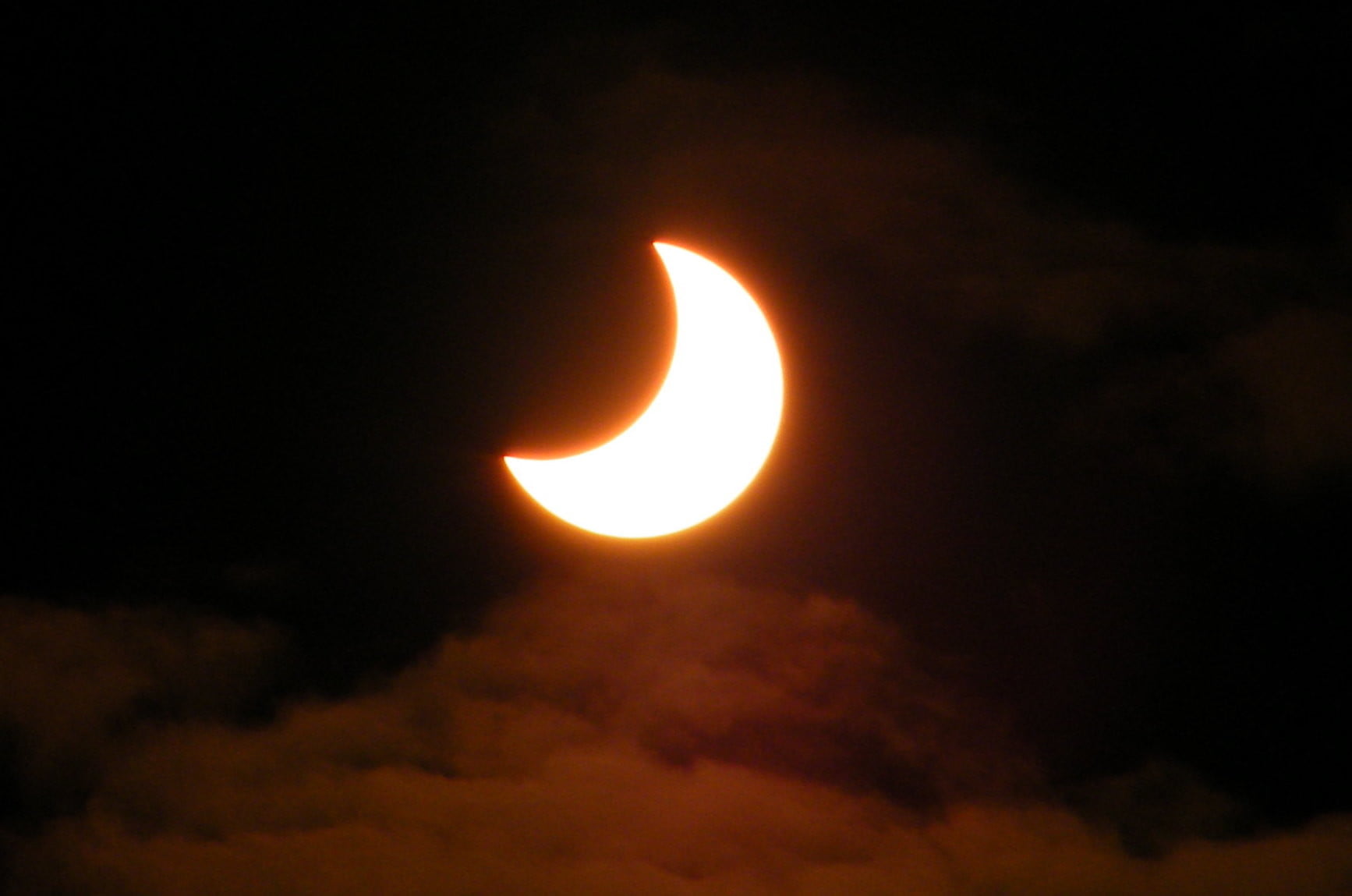
Here’s how to watch Thursday’s ‘ring of fire’ solar eclipse
NASA has just posted its monthly update (above) highlighting upcoming treats for sky watchers. Top of the list is a solar eclipse, though you may want to check out Scorpius and its blazing red star, too.Solar eclipseA solar eclipse occurs when the moon moves between Earth and the sun, obscuring Earthlings view of our nearest star. While the event taking place on Thursday, June 10, will be a partial eclipse, where a portion of the sun will remain visible, it still promises to be an amazing spectacle for those lucky enough to witness it.David Paleino/Creative CommonsFirst thing to note — Junes solar eclipse will be visible to a greater or lesser degree to folks in the northeast of the U.S., eastern Canada, and northern Europe.For U.S. viewers, this is a sunrise event, with the moon already appearing to have taken a bite out of the sun as it’s rising, NASA says in its description of the approaching solar eclipse. For those in northern Europe, the eclipse will be viewable around lunchtime.How the eclipse will appear in North America, according to location.NASAThose farther to the north and east of the U.S. and Canada will see the moon obscuring a greater portion of the sun, with folks in parts of Canada and Greenland able to witness the extraordinary sight known as the ring of fire, where the sun appears around the edge of the moon.To see the eclipse, check out the sunrise times for your local area by referring to a weather app (iOS/Android) or sites like timeanddate.com.Note: When viewing the solar eclipse, its absolutely vital that you use proper protection for your eyes. Check out NASAs eclipse safety guide to find out how you can enjoy the solar eclipse without risk of injury.ScorpiusThis month is also the best time to look for a grouping of stars known as Scorpius.This grouping of stars has been thought of as having the shape of a scorpion going back to ancient times in the Mediterranean and Middle East, NASA says. In the Greek myth, the scorpion’s deadly sting brought down the great hunter Orion, and that’s why — the story goes — we find them on opposite sides of the sky today.You can find Scorpius — complete with the blazing red Antares star — in the southern horizon.NASAFolks in the northern hemisphere will see the entirety of the scorpion as it rises during the first few hours after dark. A good way to locate Scorpius is to scan the southern horizon for Antares, the bright red, beaconlike star that forms, in NASA’s words, the scorpion’s blazing heart.”Editors' Recommendations
……Read full article on Digital Trends
Space
Comments
Leave a comment in Nestia App